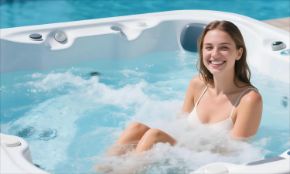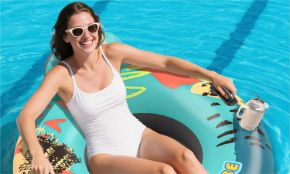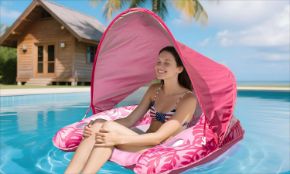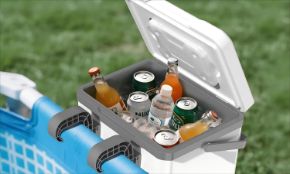Pool Equipment
POOLACC Pool Equipment|Crystal Water,Pure Joy
Pool equipment encompasses a range of devices and tools designed to keep pools clean, functional, and safe, while enhancing the overall swimming experience. From filtration systems to cleaning tools, each piece plays a key role in maintaining water quality and usability. Here’s a breakdown of the most common types:
1. Filtration Systems
The "heart" of pool maintenance, responsible for removing debris and impurities from the water:
Sand Filters: Use silica sand to trap particles; affordable and low-maintenance, ideal for large pools.
Cartridge Filter: Utilize pleated cartridges to catch finer debris; require periodic cleaning/replacement but use less water than sand filters.
2. Cleaning Tools
Pool Skimmer: A net attached to a pole, used to remove leaves, bugs, and floating debris from the surface.
Pool Vacuum: Manual or automatic devices to clean dirt from the pool floor and walls. Robotic vacuums are popular for their autonomy—they navigate independently and require minimal effort.
Brush: Stiff-bristled brushes or soft brushes to scrub algae and grime from walls, steps, and corners.
3. Water Treatment Equipment
Chlorinators/Sanitizers: Automatically dispense chlorine or bromine to kill bacteria and algae. Options include saltwater chlorinators for gentler, low-maintenance sanitization.
pH Controllers: Monitor and adjust water pH levels automatically, ensuring they stay within the ideal range (7.2–7.8) to maximize sanitizer effectiveness and prevent skin/eye irritation.
Ozone Generators/UV Systems: Supplemental sanitizers that reduce reliance on chemicals by neutralizing contaminants, ideal for those seeking a more eco-friendly approach.
4. Heating and Climate Control
Pool Heater: Gas, electric, or heat pump models to warm water, extending the swimming season in cooler climates. Heat pumps are energy-efficient but work best in mild temperatures. -
Solar Heaters: Use solar panels to absorb sunlight and transfer heat to the pool, a cost-effective and sustainable option.
5. Safety and Convenience Gear
Covers: Solar covers, winter covers, and safety covers.
Ladders/Steps: For safe entry and exit, especially in above-ground pools.
LED Lights: Underwater lights to illuminate the pool for evening swims, adding ambiance and safety.
Recreational Convenience Tools:Such as Pool Coolers, Insulated containers or compact chillers placed around the pool deck to store and cool drinks. From basic ice - filled totes to electric coolers with temperature control, they add a touch of comfort for swimmers wanting cold refreshments while relaxing by the pool.
_00@0,1x.png)







